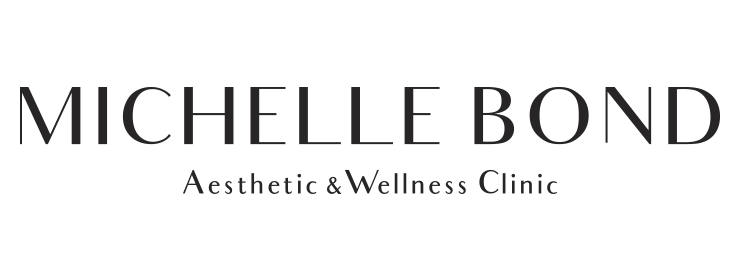Cholesterol is a fat that is essential for the functioning of our body and is present in cell membranes, liver, intestines, heart, brain, nerves, and muscles. Its vital functions include the transmission of nerve impulses, formation of vitamin D, synthesis of hormones, and the formation of bile.
Did you know that part of cholesterol is produced by our body? Yes, it is true! About 75% of cholesterol is produced by our body, it is the liver and other cells that produce it, and the remaining 25% comes from our diet, from the animal foods we eat.
Types of cholesterol
It is generally considered that there is a "good" and a "bad" cholesterol. An imbalance between them increases the risk of coronary heart disease.
- HDL, the "good" one
- refers to high-density lipoprotein (HDL);
- prevents LDL from becoming lodged in the walls of the arteries, thus reducing the risk of cardiovascular disease;
- This is why it is considered the "good" cholesterol.
- LDL, the "bad" one
- refers to low-density lipoprotein (LDL);
- When elevated, it becomes lodged in the arteries, forming atheroma plaques;
- The arteries thus become narrower and the blood passes through with more difficulty;
- is therefore considered the "bad" cholesterol.
High cholesterol is diagnosed when a person has elevated levels of Low Density Lipoprotein (LDL)
For cholesterol not to become a problem, the Portuguese Atherosclerosis Society considers as reference values for total cholesterol less than 180 mg/dl, LDL cholesterol less than 100 mg/dl, HDL cholesterol more than 45 mg/dl, and Triglycerides less than 150 mg/dl.









